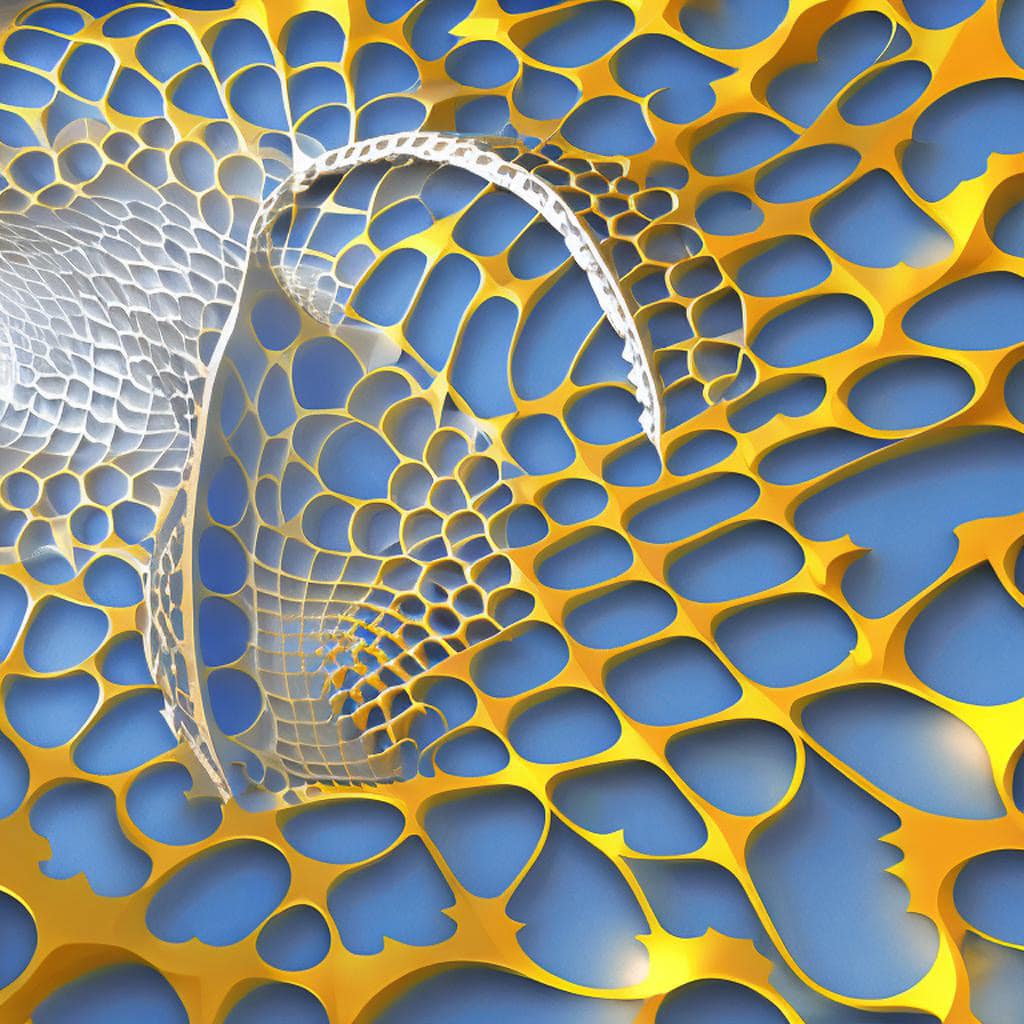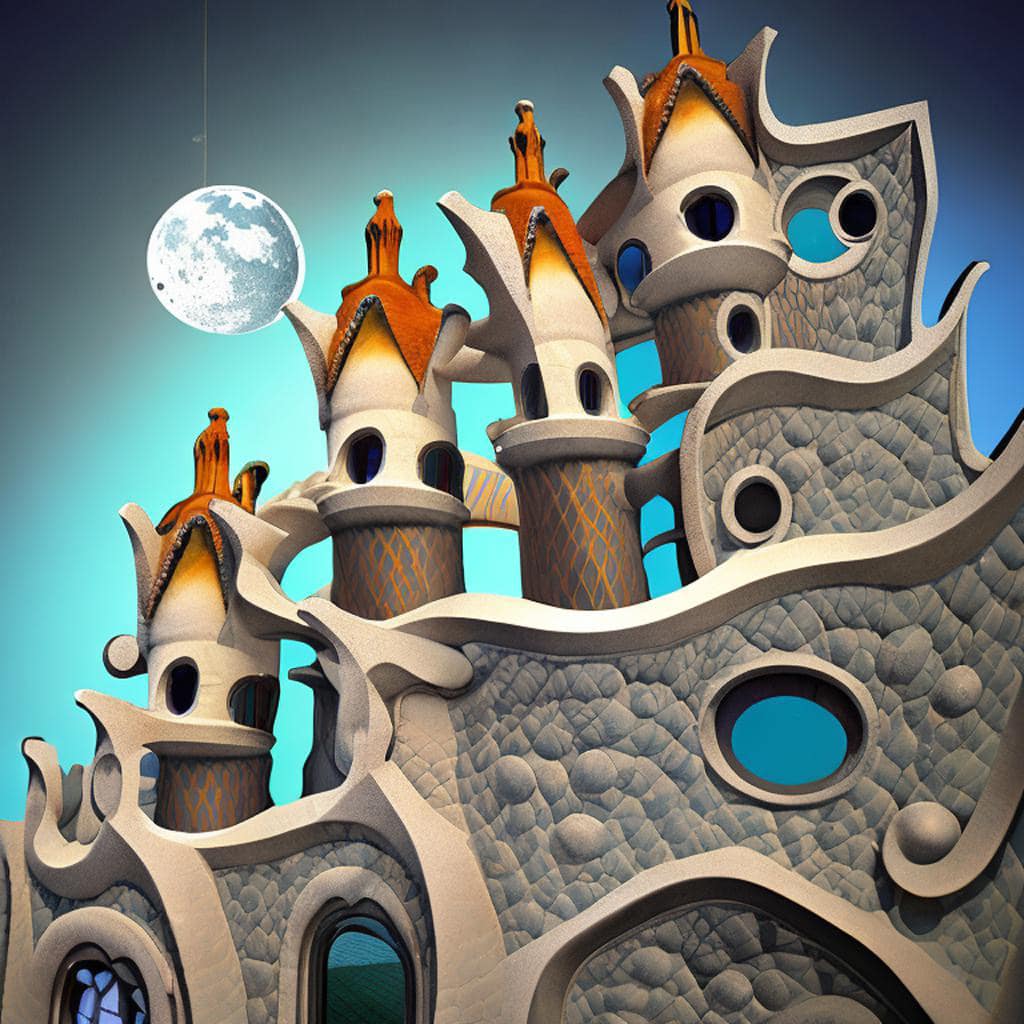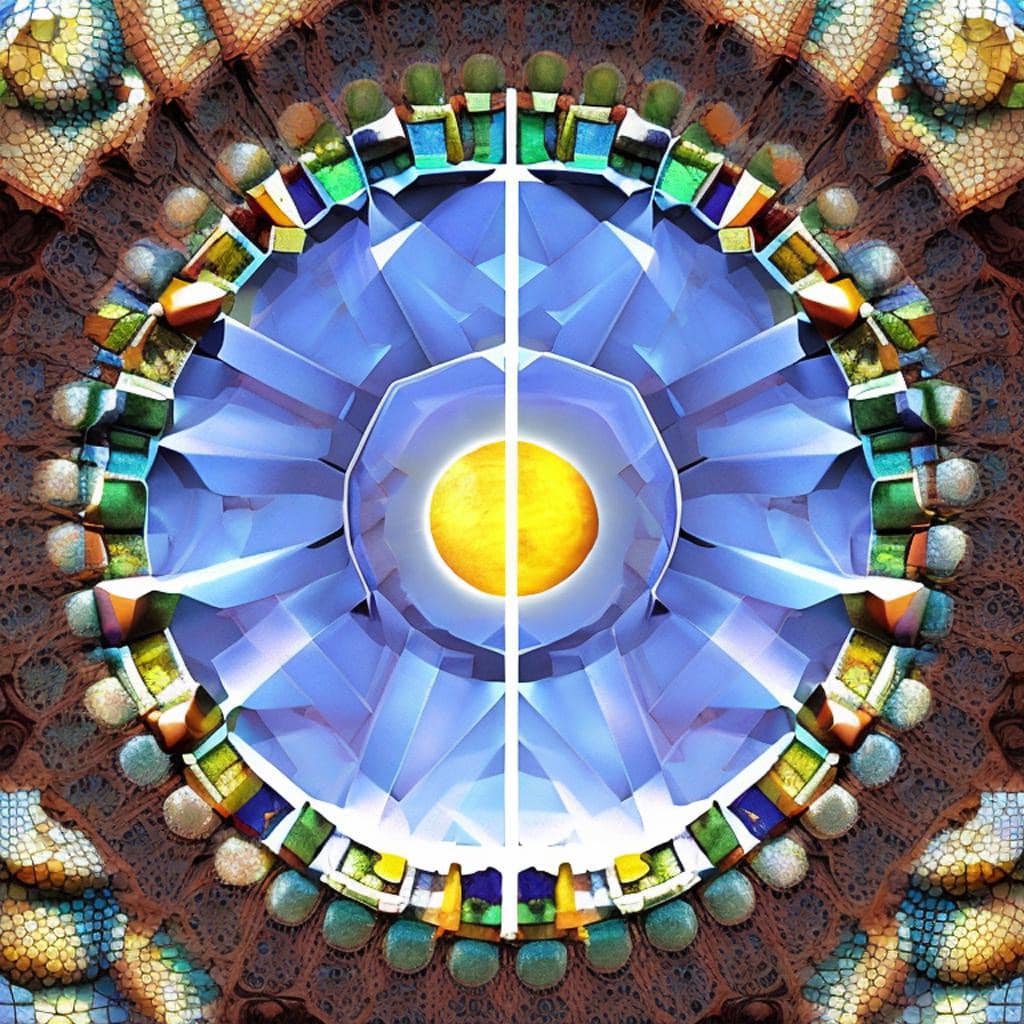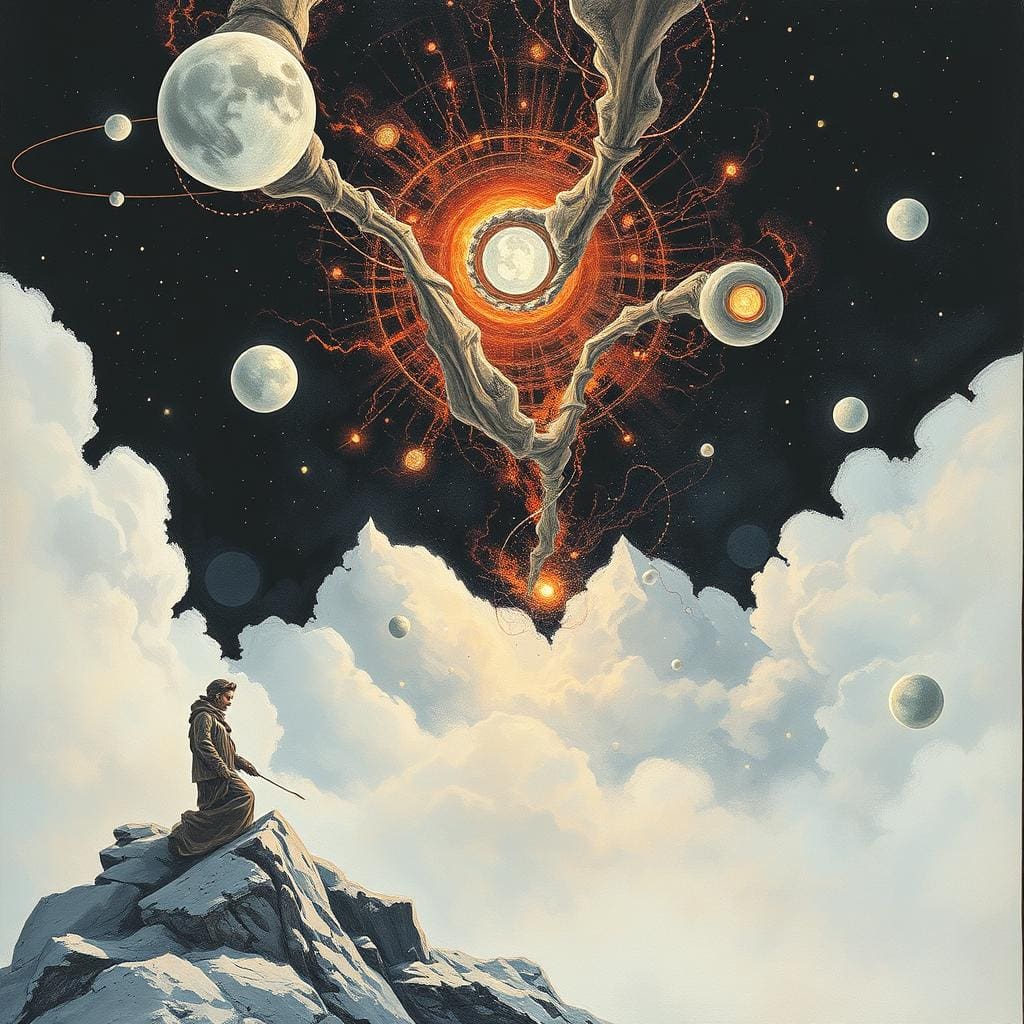Sun and Moon
Antoni GaudiA Spanish architect known for his distinctive and imaginative style, which blended elements of Art Nouveau and Gothic Revival with a unique and organic approach to design.
Today AI generated programs marvel the world with unseen images of all kind. Generated from thousands and thousands of public images with unseen results. Adaptive or transformative. We use transformative.
Here a variation on sun and moon transformative generated images, based on the style of Antoni Gaudi.
Enjoy!
PS
The portait in featured image is transformative fictious and AI transformative generated as well.







Antoni Gaudi, one of Spain’s most celebrated and beloved architects.
Antoni Gaudi was born on June 25, 1852, in Reus, Catalonia, Spain. From a young age, he showed a remarkable talent for art and design, and he was encouraged to pursue his passions by his family and mentors.
In 1873, Gaudi moved to Barcelona to study architecture at the Escola Tècnica Superior d’Arquitectura. There, he quickly distinguished himself as a visionary and innovative architect, with a unique approach to design that blended Gothic, Art Nouveau, and other styles.
Throughout his career, Gaudi was known for his devotion to his work and his attention to detail. He was deeply influenced by his Catholic faith, and he believed that every aspect of a building should be designed with a purpose, from the structure to the decoration.
Gaudi’s most famous work is the Sagrada Familia, a massive cathedral in Barcelona that he worked on for over 40 years until his death. The cathedral is an awe-inspiring example of Gaudi’s unique style, featuring soaring spires, intricate carvings, and a breathtaking interplay of light and color.
In addition to the Sagrada Familia, Gaudi designed many other notable buildings and structures throughout his career, including Park Güell, Casa Milà, and Casa Batlló. Each of these works is characterized by its whimsical and organic forms, its use of color and light, and its attention to detail.
Gaudi’s work was not always appreciated in his lifetime, and he faced criticism and opposition from some quarters. But his legacy has endured, and his influence can be seen in the work of many contemporary architects and designers.
Tragically, Gaudi’s life was cut short in 1926, when he was struck by a tram and died of his injuries. He was buried in the crypt of the Sagrada Familia, which he considered his life’s work.
Today, Gaudi is celebrated as one of Spain’s greatest architects, and his buildings and structures continue to attract visitors from around the world. His work is a testament to the power of creativity, imagination, and devotion, and his legacy will continue to inspire generations to come.
Table with ten of Antoni Gaudi’s most famous works, along with their titles, subjects, and meanings
| Title | Subject | Meaning |
| Sagrada Familia | Massive cathedral in Barcelona | A tribute to Gaudi’s Catholic faith, characterized by its soaring spires, intricate carvings, and interplay of light and color. |
| Park Güell | Park with whimsical architecture | A whimsical and playful space, featuring Gaudi’s signature organic forms, bright colors, and use of natural materials. |
| Casa Milà | Apartment building | A striking and unusual apartment building, featuring a sinuous stone facade and undulating balconies. |
| Casa Batlló | Residential building | A colorful and imaginative building, featuring a facade that resembles a dragon’s back, and a roof terrace that evokes the scales of a dragon. |
| Casa Vicens | Residential building | A vibrant and ornate building, featuring intricate mosaics, stained glass, and wrought ironwork. |
| Palau Güell | Mansion | An opulent mansion, featuring intricate stonework, stained glass, and decorative ironwork. |
| Crypt at Colonia Güell | Church crypt | An experimental and innovative space, featuring a unique combination of Gothic and Art Nouveau styles, and an emphasis on natural light and sound. |
| Casa Calvet | Residential building | A more traditional building, featuring ornate decorations and intricate ironwork, with a more subdued color palette than many of Gaudi’s other works. |
| Bellesguard | Mansion | A combination of Gothic and Art Nouveau styles, featuring a tower that resembles a medieval castle, and an emphasis on geometric forms and patterns. |
| Casa Botines | Commercial building | A striking and unusual building, featuring a facade that resembles a Gothic fortress, and an emphasis on dramatic vertical lines. |
These works represent only a small portion of Gaudi's vast and varied body of work, but they are among his most famous and influential. Each of these buildings showcases Gaudi's unique and imaginative approach to architecture, and his ability to create spaces that are both functional and beautiful.
Text with help of openAI’s ChatGPT Laguage Models & Fleeky – Images with help of Picsart & MIB
Thank you for questions, shares and comments!
Share your thoughts or questions in the comments below!






